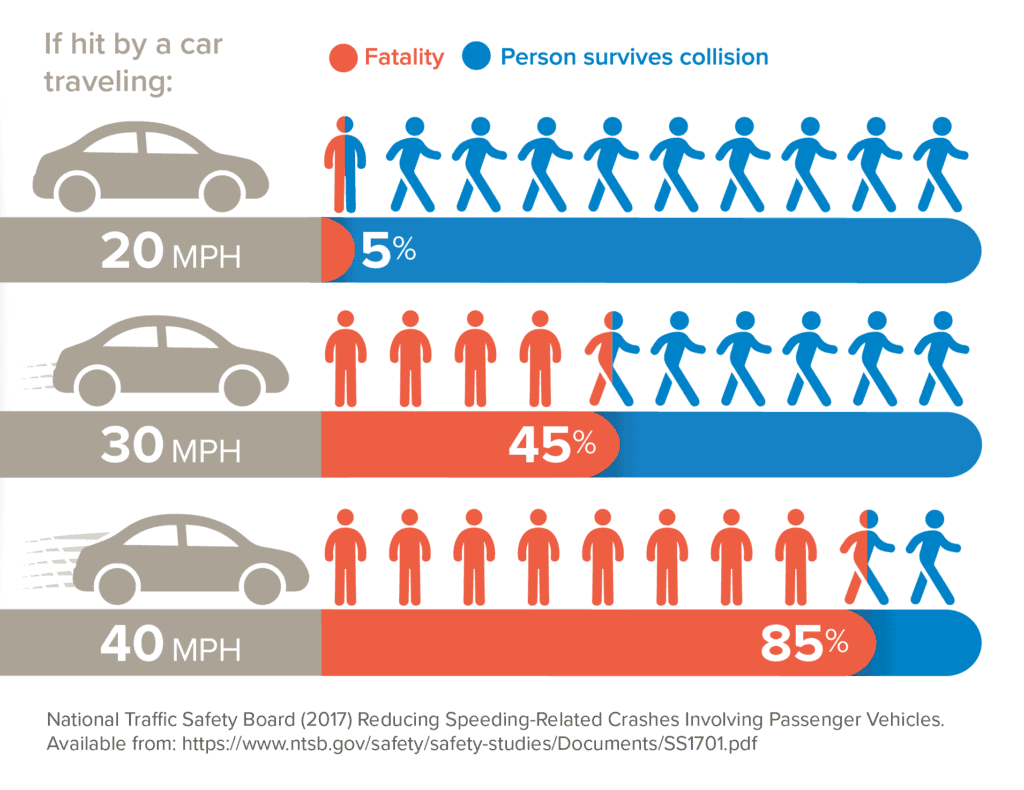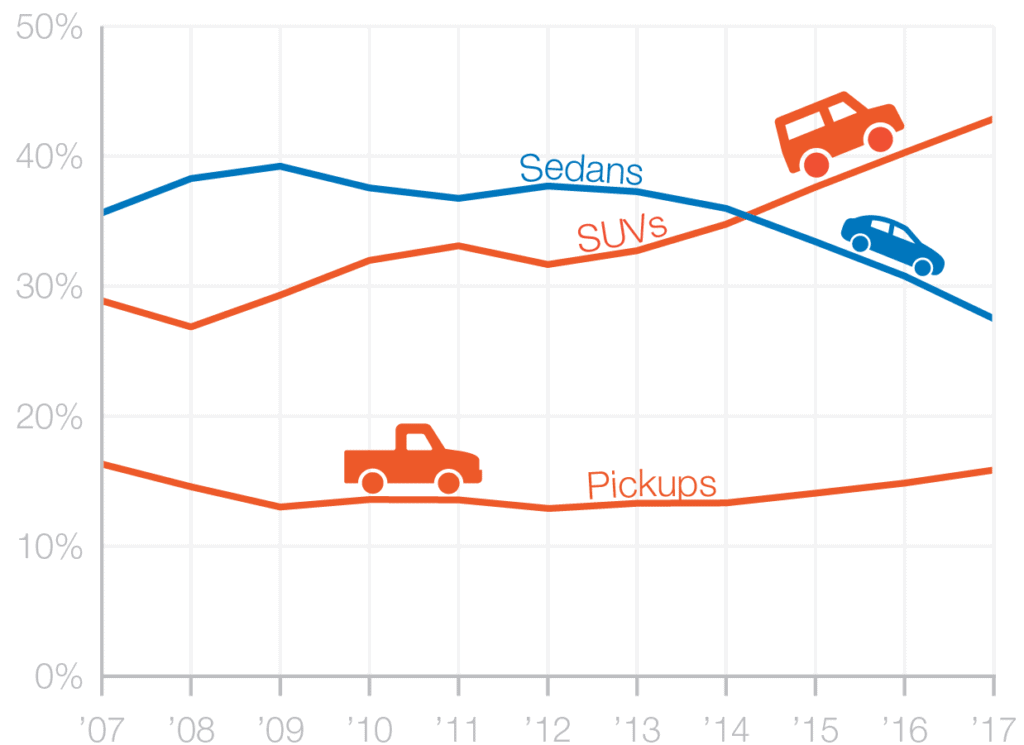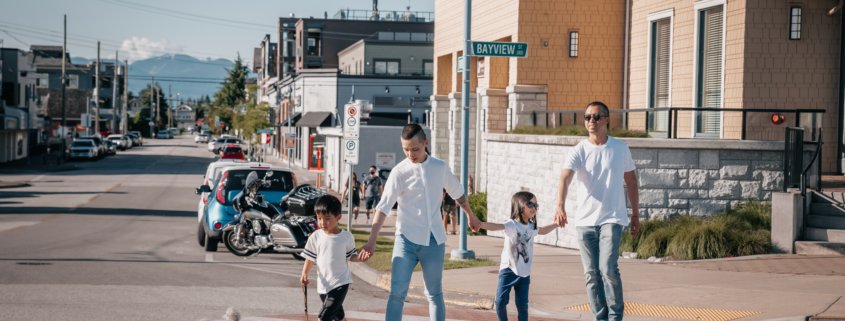Bill to End Fines for Safe Street Crossings Moves to CA Senate Floor for Final Vote
The Freedom to Walk Act passed out of the California Senate Appropriations Committee on Thursday. We’re thrilled lawmakers agreed that, as a state, we should stop raising revenue from our most marginalized and vulnerable residents.
Two more steps to legalize safe street crossings
There are two more crucial steps before we repeal unjust jaywalking laws, and we’ll need your help to get there.
First, the Freedom to Walk Act will need a majority vote on the Senate Floor in the next few weeks. The bill needs 21 votes to pass. Please email your California Senator today and ask them to vote YES to legalize safe walking.
Second, the bill needs Governor Newsom’s signature. If/when it passes the Senate, we’ll need help to let the governor know that Californians support ending unjust jaywalking laws.
Legitimate concerns about decriminalizing jaywalking
Nationally, pedestrian traffic deaths grew by 46% from 2010 to 2019, a much larger increase than all other vehicle-caused fatalities. The effects have fallen disproportionately on Black Americans, who now suffer a higher rate of pedestrian fatalities than other ethnic groups. It makes sense to be concerned about pedestrian safety and to hesitate to make any change that will make pedestrians more vulnerable.
However, there’s no reason to believe that jaywalking laws are preventing additional pedestrian deaths. Bloomberg CityLab reported that only 26% of severe pedestrian injuries occur during mid-block crossings. Another 25% of collisions involving pedestrians happen in crosswalks. And fully 50% of serious pedestrian crash injuries happen in other locations, including cars running up on the sidewalk and people hit while tending to their car by the side of the road.
“New data from the Governors Highway Safety Association (GHSA) projects that 2020 had the largest ever annual increase in the rate at which drivers struck and killed people on foot. What drove this surge? The likely culprits are dangerous driving like speeding, drunk and drugged driving, and distraction, which were rampant on U.S. roads during the COVID-19 pandemic, combined with infrastructure issues that have prioritized the movement of motor vehicles over walking and bicycling for many years.”
May 20, 2021, press release from the GHSA

Pedestrians, like most road users, use self-interest to guide their actions. After all, running out into the street could have lethal consequences for someone on foot. And, while young children aren’t always capable of making good decisions about street crossings, what keeps them safe is parental supervision, not jaywalking laws.
Rising pedestrian injuries and fatalities are a legitimate concern that policymakers should address. But jaywalking laws aren’t the solution. California has enforced the existing jaywalking laws for the past 10 years while pedestrian fatalities soared. To protect people who walk, we must look at the true causes of the rising toll on pedestrians.
For example, it’s no accident that the upward trend in pedestrian deaths has matched the increase in popularity of SUVs. Higher front grills make them more lethal to people on foot, and increasingly tall front ends create large front blind spots. Testing and rating the crash safety of cars for people outside the vehicle as well as inside would be an excellent first step towards increasing pedestrian safety.

In addition, as the GHSA noted, our built environment has for years prioritized the movement of motorized vehicles over the safety of people on foot and on bikes. Making pedestrian safety paramount in street repaving projects will do more to prevent pedestrian deaths than criminalizing walking on poorly-designed streets where jaywalking is sometimes the safest option.
Listen to the experts: people who walk
It’s critical to look at who stands on both sides of this issue. Local police departments and the CHP have exerted pressure against AB 1238. They witness the worst-case scenarios and that, along with the idea that enforcement and punishment keep people safe, shapes their view of jaywalking.
Police see the pedestrian under the influence who stepped into a busy street and got hit. They don’t see the much more common crossings that people make in every California community every day: people walking safely, taking the most logical routes to their destinations, often using a mid-block crossing to get where they need to go.
Jaywalking laws can’t prevent the tragedy of an impaired person making an unsafe crossing. And they don’t stop careless drivers from hitting pedestrians in crosswalks and on sidewalks, which is where two-thirds of accidents that involve pedestrians take place, according to our analysis of SWITRS crash data. In almost all of those collisions, the car driver is at fault.
Our lawmakers should listen to the voices of the people who walk every day and their advocates. They should listen to over 100 organizations that signed on in support of the Freedom to Walk Act, to the supporters of racial justice who understand that jaywalking laws have been and will continue to be a significant pretext for biased policing.
Police will claim that jaywalking laws cause people to walk in predictable patterns, which allows all users to share the road more safely. However, since the driver is at fault in most pedestrian fatalities, the safety conversation should focus on the behavior of car drivers, not people on foot.
Enforcement of jaywalking laws doesn’t deter mid-block crossings, but it does reinforce privilege because poor and Black people are much more likely to get ticketed and harassed.
Here’s a thought experiment: notice where you walk over the next few days. Do you always find a crosswalk or, when there’s no traffic, do you sometimes cross mid-block? Everybody jaywalks — and that probably includes you.
Better ways to protect pedestrians
CHP officers and local police witness firsthand the horrific results when a car hits a pedestrian at speed. Naturally, they want California laws to prevent as many devastating collisions as possible, so we can understand why some police organizations don’t want to see the Freedom to Walk Act become law.
However, if police, policymakers, and elected officials want to protect pedestrians from harm, there are much better ways to do that than jaywalking tickets. For example, they could support AB 43, which gives communities more options to lower speed limits. Reducing speed is one of the best ways to save lives: at 20 mph, a pedestrian has a 95% chance of surviving being hit by a car. At 40 mph, the survival rate is just 15%.
AB 1147 is another terrific pedestrian safety measure. The bill would change how planners write regional transportation plans, prioritizing alternative transportation options, including walking and biking. A 15-minute neighborhood is a community that gives people ways to walk safely to their local destinations.
For more reasons to legalize safe street crossings, we’ve got answers to your questions about the Freedom to Walk Act.





